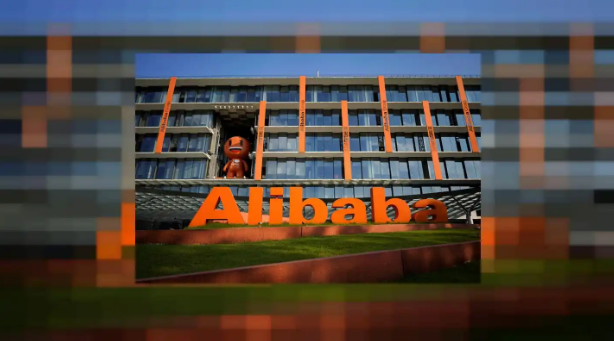In the wake of helping in excess of 1,000,000 physical Chinese retailers modernize their activities; Alibaba Group Holding Ltd. has now focused on another objective: the nation’s obsolete industrial facilities.

China’s biggest company revealed in September its first keen plant; a mystery try that Alibaba’s been directing for a very long time on the edges of its old neighborhood of Hangzhou.
The three-story office known as Xunxi – interpreted in a real sense as “quick rhino” – is the organization’s effort to use its shopper information and advancements to help the multi-trillion-dollar producing field improving productivity and meet rising customer desires.
Here is a fast look into Alibaba’s most current business.
Alibaba’s path to smart manufacturing starts with garments, a market worth 2.2 trillion yuan ($328 billion); in China last year based on Euromonitor International’s estimates.
Alibaba has said that one in four clothes purchases in the country was shipped via its e-commerce platforms; granting it access to an ocean of data that it’s now deploying to assist domestic garment makers in design and production planning.
It’s also centralizing the material procurement process to help reduce costs.
Artificial intelligence, robotic arms as well as many other in-house technologies have also been put into use at the Xunxi factory prototype.
It usually takes months for apparel companies to bring a new design from the runway to stores; but Alibaba claims it is able to cut order lead times by 75% with its solutions.
This would address the growing demand for instant gratification among China’s Gen-Z consumers. For instance; with the help of AI, designers can review simulated rendering effects on so-called digital fabrics on their computer screens; rather than going through a time-consuming process to dye the fabric.
Garment workers at the factory have high-tech assistants; such as AI-enabled cutting machines and internet-connected sewing devices, that help fine-tune their work.
Once a step has been completed, the item will be transferred to the next work station via a conveyor belt. Since the entire workflow is recorded digitally; factory management no longer have to stay on site.
Instead, they can track the progress remotely on computers or through their mobile phones.
The data and technology deployed at the Xunxi factory mean merchants, which typically need at least 90 days to get their goods ready for the storefront; can decide what items to make and the scale of the production over the course of two weeks; reducing the need to accumulate inventory.
Its ultimate goal, according to Alibaba; is to become a one-stop production solution provider for garment merchants on its Taobao and Tmall marketplaces.
Support InfoStride News' Credible Journalism: Only credible journalism can guarantee a fair, accountable and transparent society, including democracy and government. It involves a lot of efforts and money. We need your support. Click here to Donate
